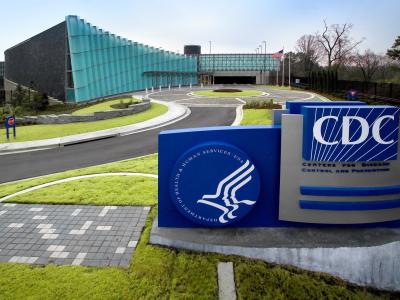
US COVID, seasonal influenza, and respiratory syncytial virus (RSV) activity remains low but is growing in some parts of the country, according to the most recent respiratory illness update from the Centers for Disease Control and Prevention (CDC).
The CDC monitors respiratory illness activity by looking at a range of diagnoses from emergency department (ED) visits, including the common cold, flu, RSV, and COVID. Nationally, levels of acute respiratory illnesses are low or very low, with only three states—Alabama, Arkansas, and New Hampshire—reporting moderate levels.
Indiana and Arkansas report moderate levels of COVID, while rates remain low or very throughout the rest of the country. (Data from Arkansas are limited and may not represent levels across the whole state.)
Flu cases are rising in all but 10 states, and COVID-19 rates are rising in nine.
RSV increasing in preschoolers
RSV activity is on the rise in all but 15 states, with increasing ED visits among children aged 0 to 4 years in the South.
The update also highlights elevated levels of Mycoplasma pneumoniae in some parts of the country, based on ED visits and positive tests. M pneumoniae can cause “walking pneumonia.”
Pertussis, or whooping cough, cases remain higher in 2025 than they were immediately before the COVID-19 pandemic, even though they've declined since their peak in late 2024. Pertussis doesn’t follow a clear seasonal pattern, but cases often rise in summer and fall, and the disease is highly contagious. It poses the greatest risk to infants, and vaccination remains the best protection against severe outcomes.















